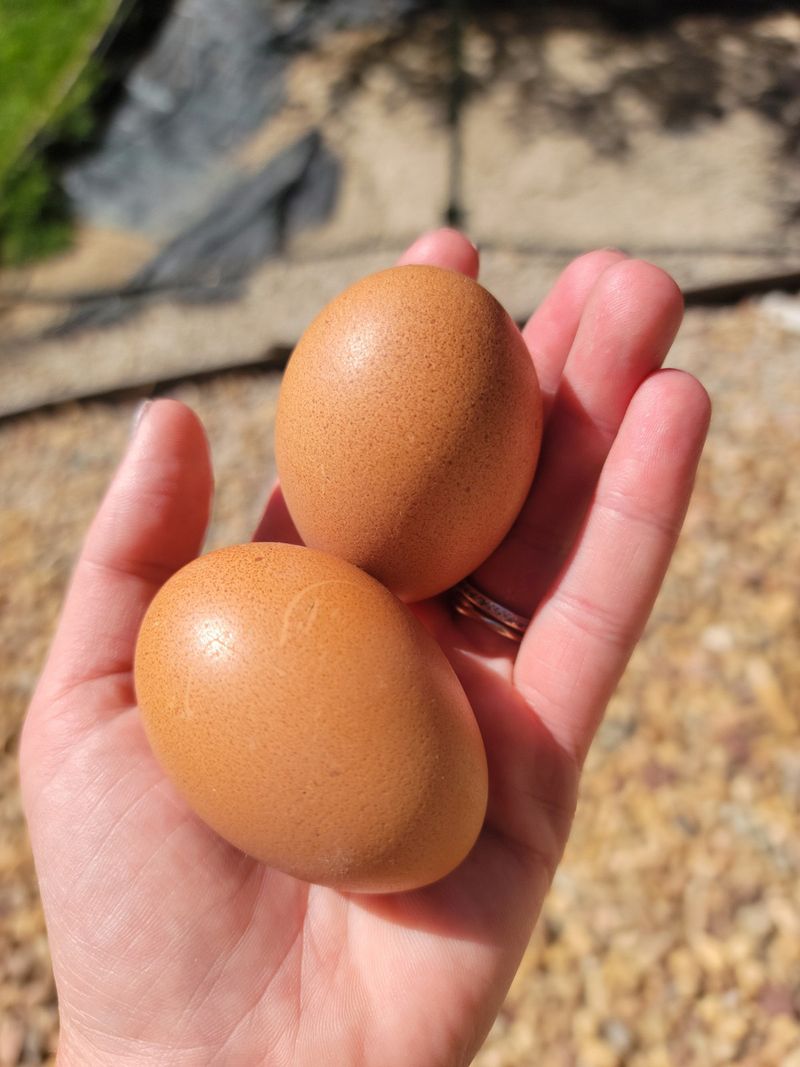The Wonderment of the Welsummer


You probably had breakfast with this breed and didn’t know it
Lovely, lively, stout, friendly, rather noisy, and somewhat famous sums up the Welsummer chicken quite nicely. These docile Dutch birds may look like your run-of-the-mill chicken, but they come with some fun characteristics which could make them a fabulous addition to your backyard flock.
History
Popping into the chicken scene around the end of the 19th century, Welsummers originated in the village of Welsum, located by the Ijissel river in Holland. The breed is made up from many lines including landrace fowl (a local chicken), Malay, Brahma, Cochin, Faverolle, and Dorking. Other breeds were later added to the mix like the Rhode Island Red, Barnevelder, and Leghorn.
The intent was to design a breed of chicken that lays large, dark brown, speckled eggs.

The result of this mishmash of genetics was the Welsummer—a breed superior to its common, white-egg laying Dutch cousins.
Welsummers are also rather famous for a different reason. Are you familiar with the Kellogg’s Cornflakes rooster that adorned cereal packages in the 1950’s and reminded you to “Wake up to breakfast”? That was a character dubbed Cornelius, and he was designed after a Welsummer!

Appearance
Since Welsummers were initially bred to lay a specific color of egg, their outward appearance didn’t take center stage. They are your average “brown chicken” sporting a shiny coat of brown, soft feathers that can have a rather lovely black lacy pattern down the neck, yellow legs, medium-sized red wattles, a single comb and weigh in around 6lbs.
Their brown feathers and simple patterns can make them less noticeable to predators—they are easier to overlook!
Personality
These chickens are intelligent, docile, and overall pretty calm. They are not pushy with their flockmates, tend to hang around the middle of the pack, but can be quite the talkers! Whether they are just in the mood to chatter, singing their egg song, or alerting others of a possible danger…these boisterous backyard biddies can sometimes be a noisy nuisance to the neighborhood.
They are great foragers and not very respectable flyers…so they are great for areas with minimal fencing. They prefer cooler temperatures but can handle the heat as long as there is shade to take a nap.
Health issues
Welsummers are pretty hardy hens! They have no predisposition to any particular ailment but can suffer the same issues as other chickens; like lice, mites and respiratory issues. Their lifespan is around 6 to 9 years.
Egg production
The true value in Welsummers are the abundance of large, dark brown speckled eggs they produce. They are known to lay around 160-250 eggs a year. Sometimes the gland responsible for the coloring can’t keep up with the number of eggs; this results in lighter eggs as the season progresses.

Welsummers, like many breeds, tend to slow down their laying during the colder months. But rest assured your egg collection will be well-stocked by then!
Though they do have a slight tendency toward broodiness, they usually don’t stay broody for very long.
More than eggs, but…
If you want a chicken that’s friendly, robust, docile and flaunts a famous cartoon character history, then consider adding a Welsummer to your flock! Having a few cartons of large, dark brown speckled eggs to hand out to neighbors is a fetching idea as well.
A homesteader reviews the breed
https://www.newlifeonahomestead.com/welsummer-chicken-breed/
Learn more about the wonderful Welsummer
Tags:Chicken Chatter

Acreage Life is part of the Catalyst Communications Network publication family.














